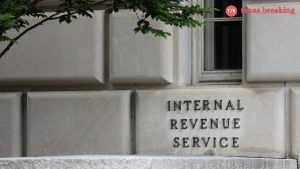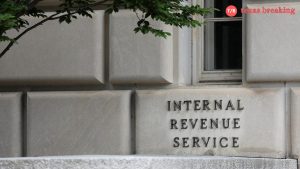Lt. Gov. Dan Patrick provided 21 priorities he desires to be considered during the 88th legislative session. At the top of the list is property tax relief, ahead of the Texas legislature convening Tuesday
Texas ranks sixth highest for property taxes paid as a percentage of owner-occupied housing value, according to the Tax Foundation, and it ranks 11th for state and local property tax collections per capita of $2,098 yearly.
When he first laid out his plan last month he said, “We have an extraordinary opportunity unlike we have never had before to chart the future of the state of Texas and create a vision,”
In contradiction to a promise made last fall by Gov. Greg Abbott, he said, his agenda is property tax relief, but not by spending even half of the surplus
Patrick said the legislature could increase homestead exemptions to at least $60,000, which would provide taxpayers with about $522 billion in relief.
Saving the average homeowner less than $200 on their property tax bill, most Texans have only seen their property taxes go up, and exponentially, even though homestead exemptions were raised in the last legislative session.
Several lawmakers started filing bills last fall to address this, incorporating proposals that would limit how much an appraised value of a residential homestead ad valorem tax could be increased.
While groups like Texans for Fiscal Responsibility have called on state leaders to return the entire surplus to taxpayers in the form of property tax relief, Patrick said the congress wasn’t going to spend the entire surplus. He also added that the legislature can’t even spend half the money on property tax relief because that would “bust the spending cap.”
More priorities Patrick documented included strengthening the state’s power grid, proceeding with funding for boundary security and law enforcement, calling for a 10-year mandatory minimum sentence for crimes committed using guns, transforming state law to let voters recall district prosecutors, expanding scholarship programs for college, and additional state spending for multi-billion-dollar elevated education institutions and public school teacher compensations.






